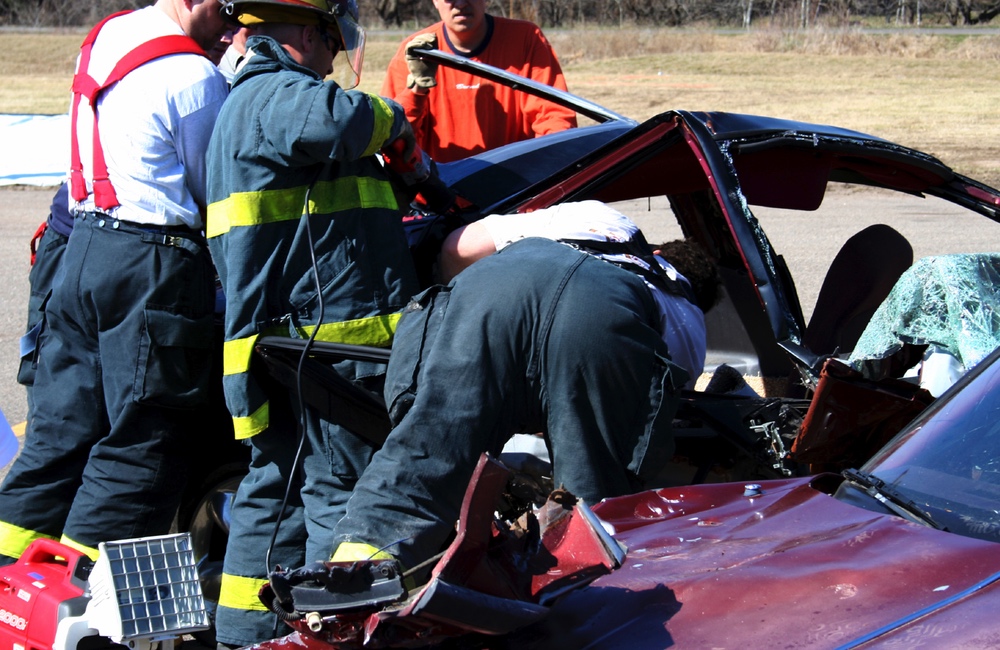Over ten years the rate of unintentional firearm deaths in Louisiana was 27 times the rate in Massachusetts. And Louisiana is not alone. Unintentional gun deaths are far more frequent in seven Southeastern states — Alabama, Arkansas, Kentucky, Louisiana, South Carolina, Tennessee and West Virginia — than in the rest of the country, occurring at a rate from twice to four times the national average.
That is one of the findings from a study of the most distinctive type of death in all 50 states over the last decade.
None of the seven states have safe gun storage laws in effect (18 other states do). Keeping a gun locked, keeping it unloaded and storing ammunition locked and in a separate location have all been linked to fewer gun deaths, injuries and suicides among teens and children for many years.The type of death that's uncommonly common in a particular state.
The first step in solving a problem is identifying that one exists. In this study, the researchers looked at a state's most distinctive cause of death because the focus might reveal a problem that a state has been particularly bad at addressing — like Louisiana's unintentional gun death problem.
In California, Nevada, New Mexico, Oregon and Utah the study noted excess deaths stemming from encounters with law enforcement officials. The rates for these "legal intervention deaths" in these five states ranged from around two to three and a half times the national average.
There's a lot of uncertainty when dealing with legal intervention deaths. That's because, according to the study authors, these deaths appear to be underreported on death certificates. And there's no national database of people who are killed during encounters with law enforcement. One organization, Fatal Encounters, has been attempting to create a comprehensive, searchable database of people who die for any reason through encounters with police.
Of the 3,112 people killed during interactions with law enforcement between 2010 and 2014 that Fatal Encounters has recorded, nearly 32% occurred in these five Western states, though these states represent less than 16% of the U.S. population. This suggests a continuing problem there.
The study appears in the journal, Injury Prevention. The authors hope that policymakers are paying attention.





